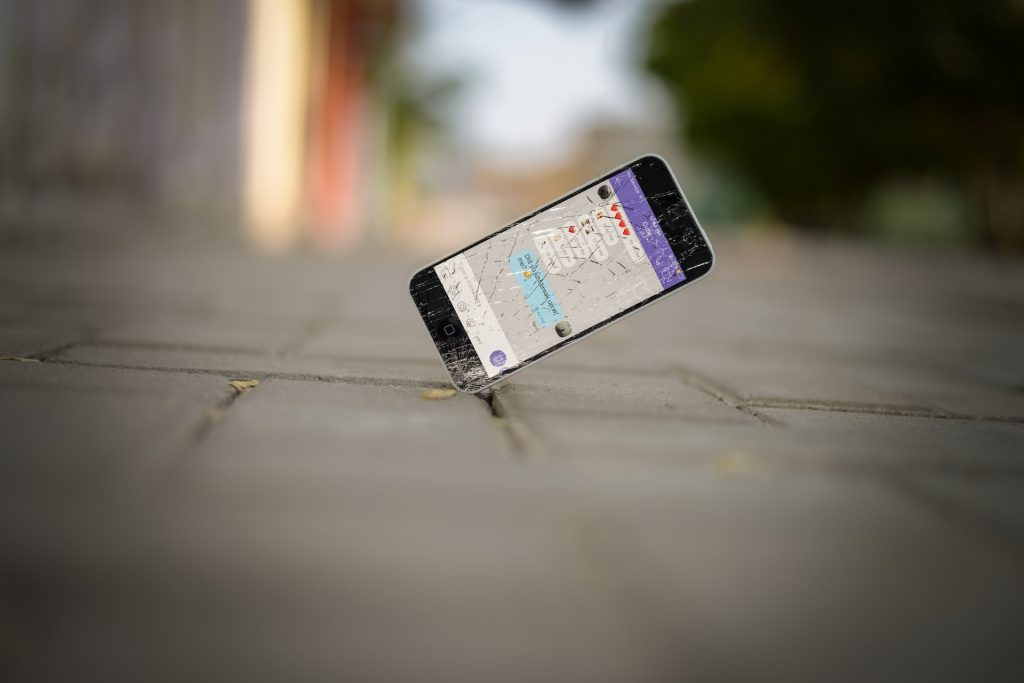I can not stress this enough. If you have a phone or tablet, and take photos of, well, anything, and you want to keep those photos – store them in the cloud.
I’ve seen countless people say that they’ve ‘lost everything’ because their device has broken, been lost or stolen. They’ve lost years worth of photos since pretty no one makes a backup of photos or other data on their devices these days. And certain manufactures (cough, Apple, cough) make it difficult to attach any kind of ‘external’ storage like a Micro SD card.

But you don’t have to lose anything, ever. Well, okay even if you follow my advice you might still lose some of those precious photos … I’ll explain the drawbacks and problems further down in this article. Like I said you don’t have to lose anything, you just need to store your photos (and other data) in the cloud. It could be:
- Dropbox
- Apple iCloud
- Box
- Microsoft OneDive
Or one of dozens of other cloud storage providers. I’ve got plenty of opinions on some of them, read about them in future articles.
Many of these cloud providers give away a limited storage plan, but really, many of them are cheap for their entry level tier. Take Apple iCloud, that’s just 79p per month for 50 Gb (and it can be shared between family members who have Apple devices).
I mentioned that this isn’t fool-proof. The thing that this relies on is being able to upload your photos to the cloud provider. Usually this is pretty reliable from the provider side, but, you might have limited mobile phone data plans, or not much mobile phone signal and therefore only configure your chosen cloud App to upload data when Wifi is available. Again, usually okay, but if you’re away from home for an extended period of time, especially when travelling abroad, you may need to check, from time to time, that the upload is happening successfully.

